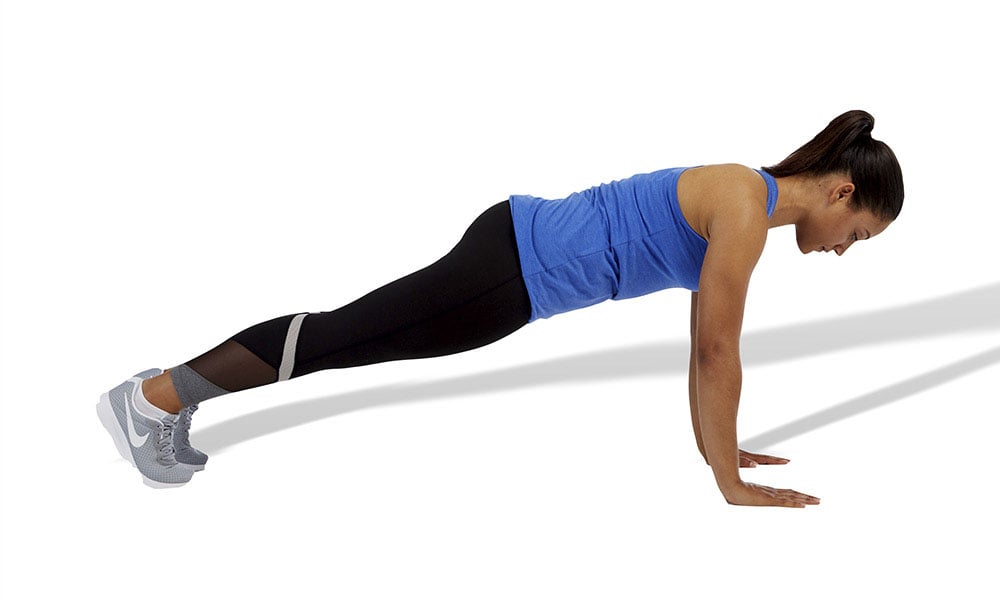
Do you remember the recent social media “planking” fad where individuals would perform planks in some precarious and curious places? While some were photoshopped to express creativity and superhuman strength, when performed correctly, he plank is an excellent exercise for improving your core’s stability and strength when executed correctly.
It will also help to improve your posture, may help reduce low back pain, and strengthen your shoulders.
With so many varieties of plank exercises, how do you even know where to begin? Stick with me, and we will explore some of the most effective plank exercises and how to perform them correctly.
HOW TO PEFORM A STANDARD (STRAIGHT-ARM) PLANK
To perform the standard Plank exercise, position yourself with your arms extended and your hands on the floor placed directly under your shoulders, as in a push-up position. Dorsiflex your ankles so your toes are pointed into the floor and are supporting your weight. Your hands and your toes are the only parts of your body that are touching the floor.
Draw your navel in toward your spine and squeeze your glutes, paying careful attention to your lumbar spine, tuck your tailbone under to avoid any excessive arching of your lower back. You must keep your spine in proper alignment, so tuck your chin and look at the floor, but be careful not to let your head drop.
Allow your scapulae (shoulder blades) to melt down your back and put a little squeeze between the bottom points of them. I like to call this “setting” your shoulder. There should be a straight line from your heels to your shoulders.
PLANK VARIATION #1: HOW TO DO A PROPER FOREARM PLANK
The Forearm Plank is performed just like the standard Plank, except you support your weight on your forearms and your toes. To set up for this exercise correctly, you will position your forearms on the floor with your elbows placed in line with your shoulders. Often there is confusion about what to do with your hands while in this position. You have some options.


